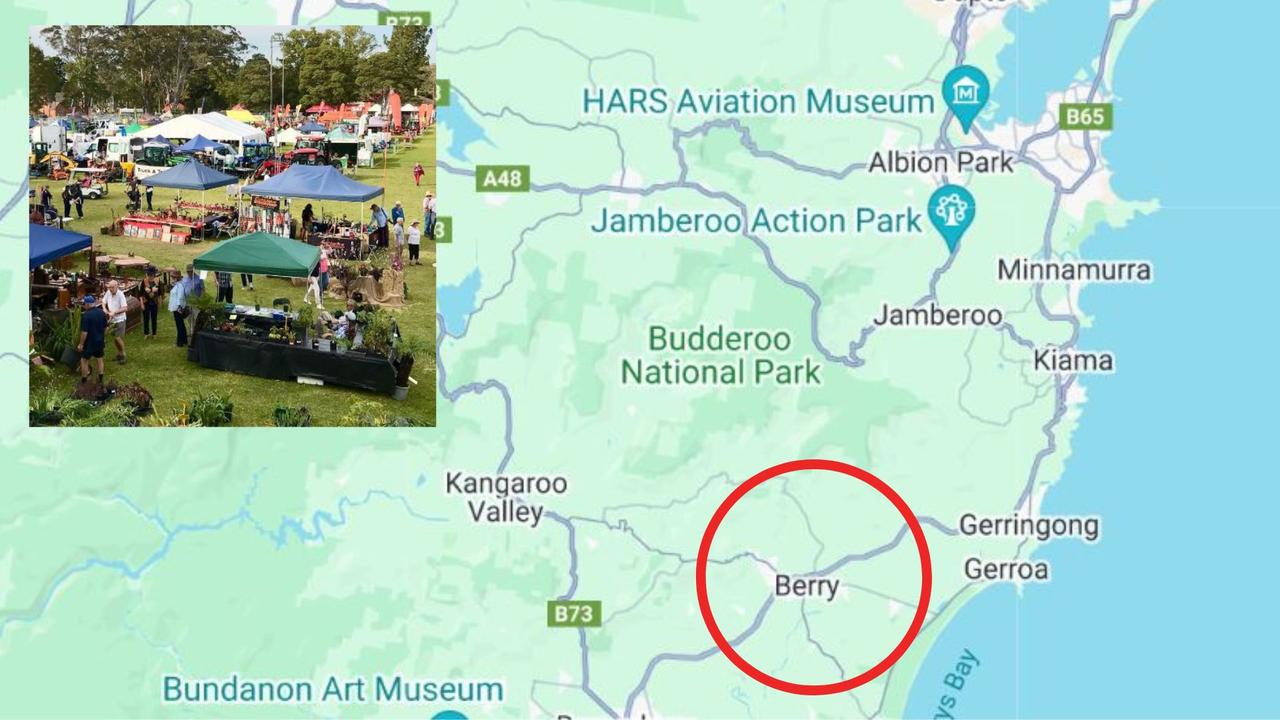From Chiko rolls to Vegemite these are Australia’s greatest food inventions
We aren’t known for our sophisticated cuisine but take a bow, Australia, these are the finest contributions that only exist within Aussie shores.

While some may say Australia doesn’t have it’s own cuisine, we strongly disagree. Can you imagine life without chicken salt or Vegemite?
Australia, it is time to rejoice the finest contributions that only exist within Aussie shores.
CHIKO ROLLS
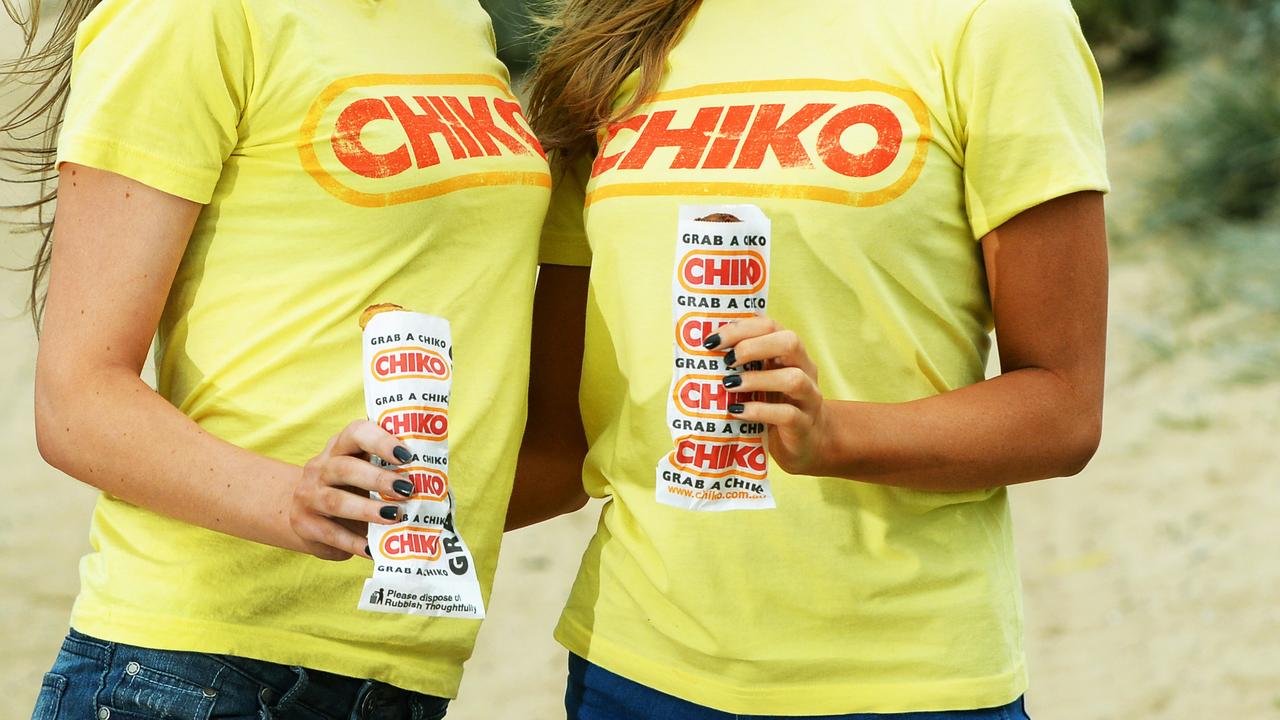
A visionary boilermaker from Bendigo by the name of Frank McEnroe invented the Chiko Roll and it made its debut at the Wagga Wagga Agricultural Show in 1951.
In case you haven’t had the honour of wrapping your chops around one, it’s basically a deep-fried baton containing cabbage, carrot, onion and beef.
Originally it was sold as a “Chicken Roll” despite the fact that it contained no chicken. Frank designed it to be eaten at footy matches, as he wanted something that you could eat in one hand … so the other hand was free to hold a beer. Respect.
BEETROOT IN HAMBURGERS
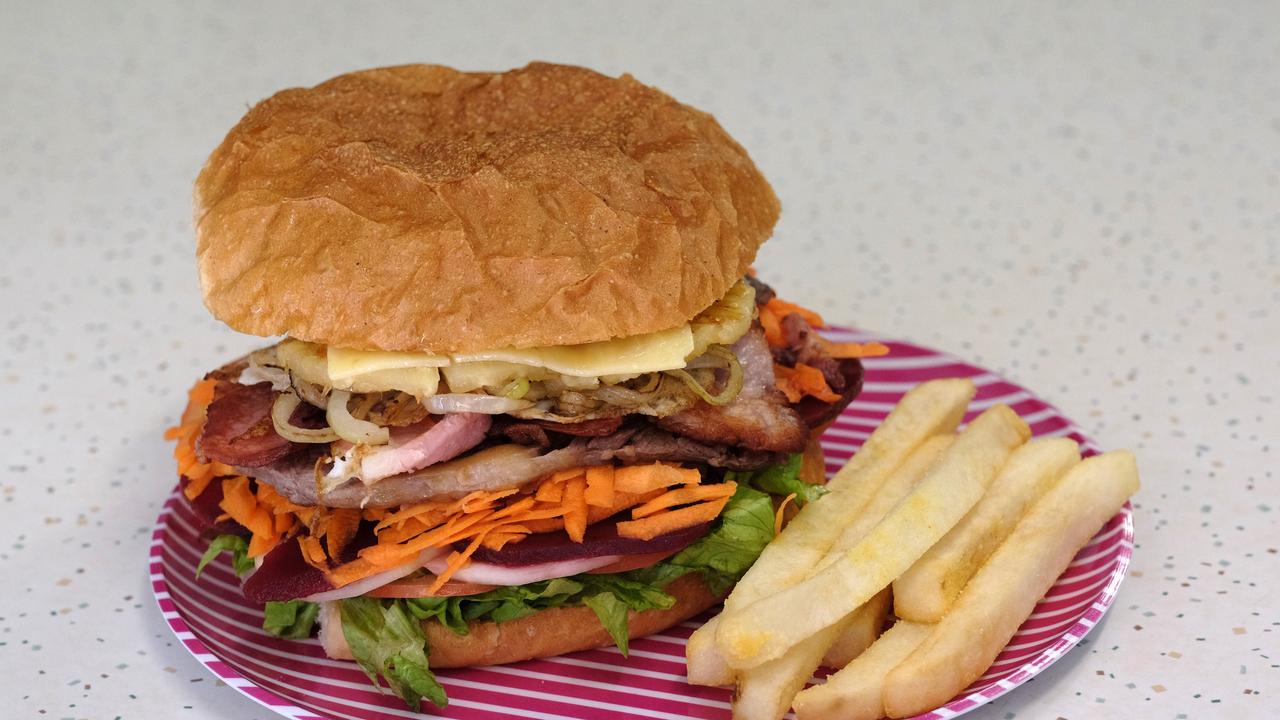
It seems this invention purely exists to truly shock foreign visitors to our country.
The shock and awe that comes from explaining to anyone who doesn’t live in Australia that we regularly put beetroot on a burger and some of us actually enjoy it is something to behold. Tell them that we will even put egg, beetroot and pineapple together and watch them pass out.
FAIRY BREAD
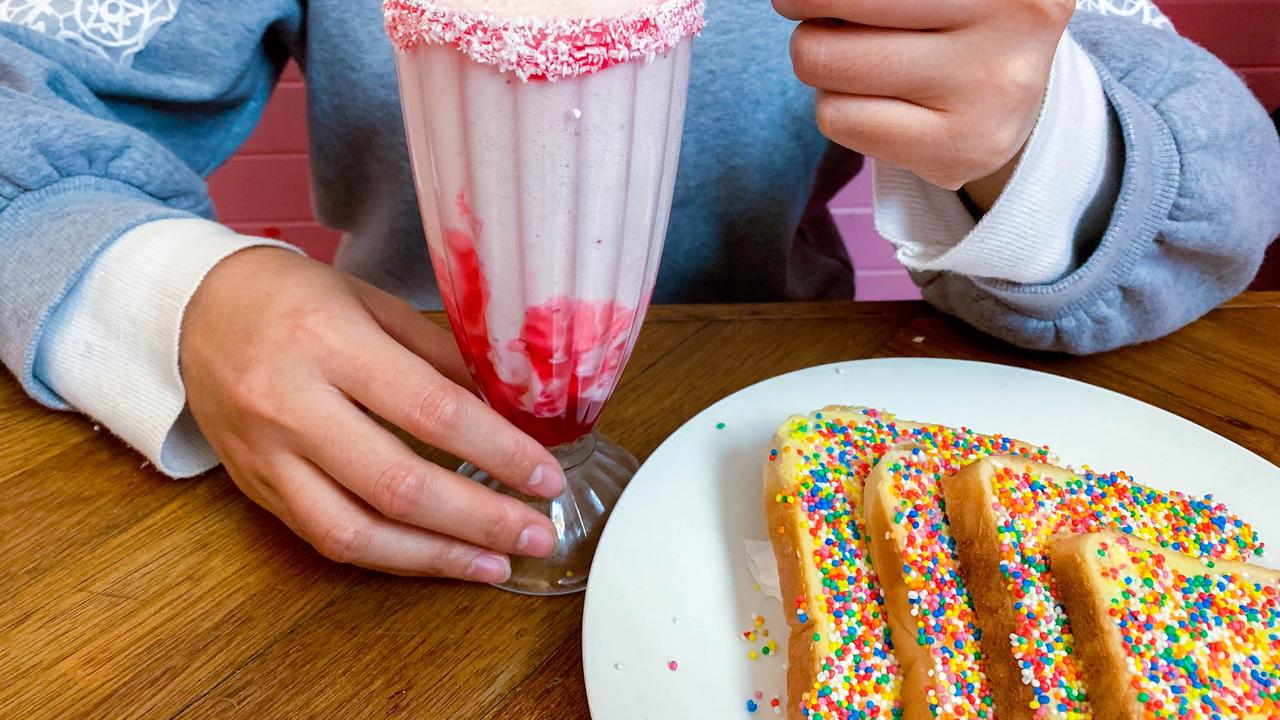
It’s the kind of snack a desperate child makes when mum is late coming home. White bread, slathered with butter or marg, and sprinkled with 100s and 1000s.
There was outrage a couple of years ago when an American food writer tried to make an ‘artisan’ version of Fairy Bread. There is nothing artisan about Fairy Bread. She’s the basic b*tch of the food world, and we love her just as she is.
GOLDEN GAYTIME

The king of all ice creams, frankly. Sure, the name has always elicited a bit of a titter from foreigners and high school kids, but many of us can cast our minds back to early childhood when the only thing the word ‘gaytime’ triggered was a full-body meltdown until said ice cream was produced.
The crunchy coating on the outside of that delicious toffee ice cream is like crack cocaine.
CHICKEN SALT
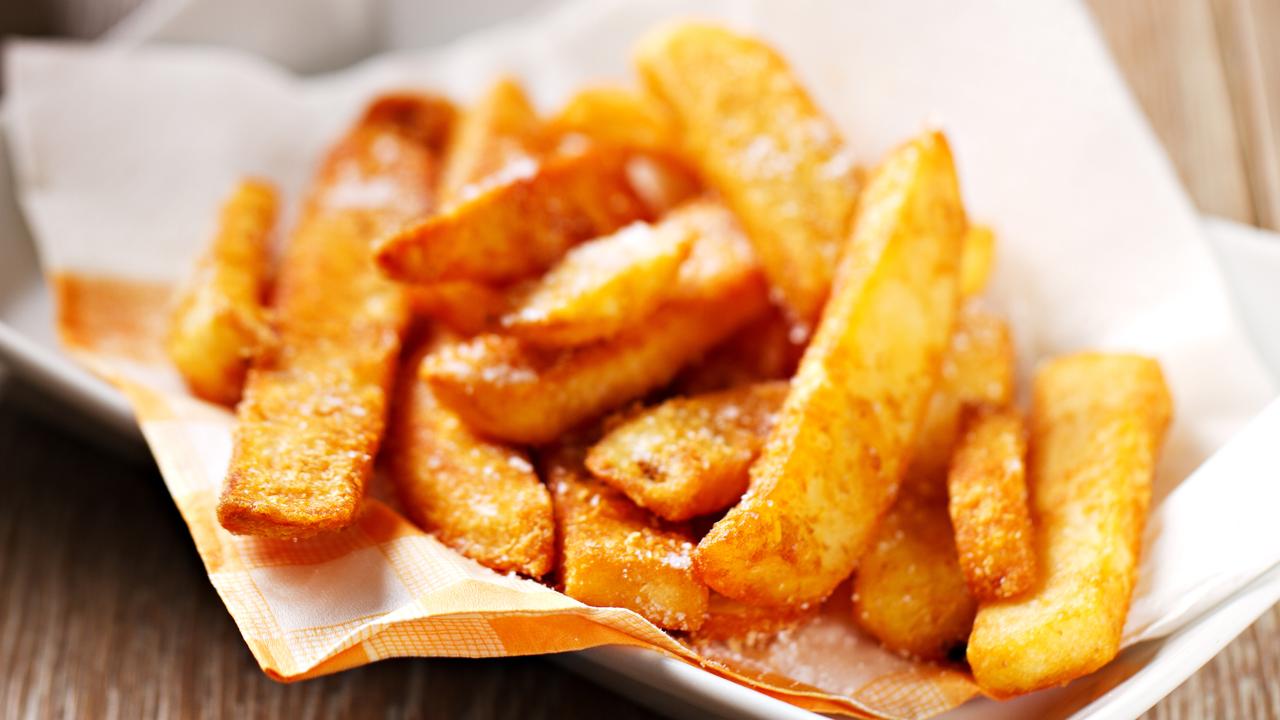
This sprinkle of the gods was invented by Peter Brinkworth in the 1970s as seasoning for the roast chickens he sold in his Gawler, South Australia, chicken shop.
The Mitani family bought Brinkworth’s business in 1979 and, with it, acquired the recipe for chicken salt. The seasoning went on to become the preferred sprinkle for hot chips across Australia.
In 1979, Mitani began to sell the product commercially to the takeaway food industry.
BERTIE BEETLES
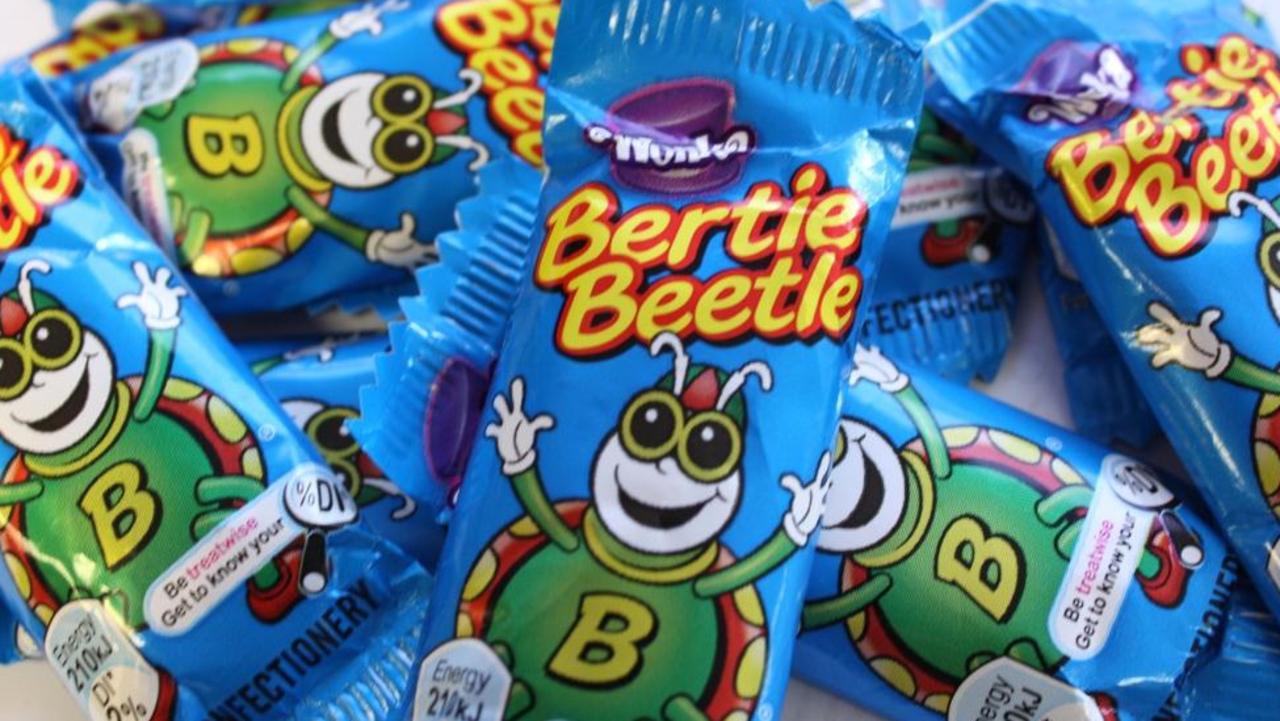
Bertie Beetles were invented as a way to use up leftover honeycomb from the production of Violet Crumble. A truly delicious and resourceful invention.
TWISTIES
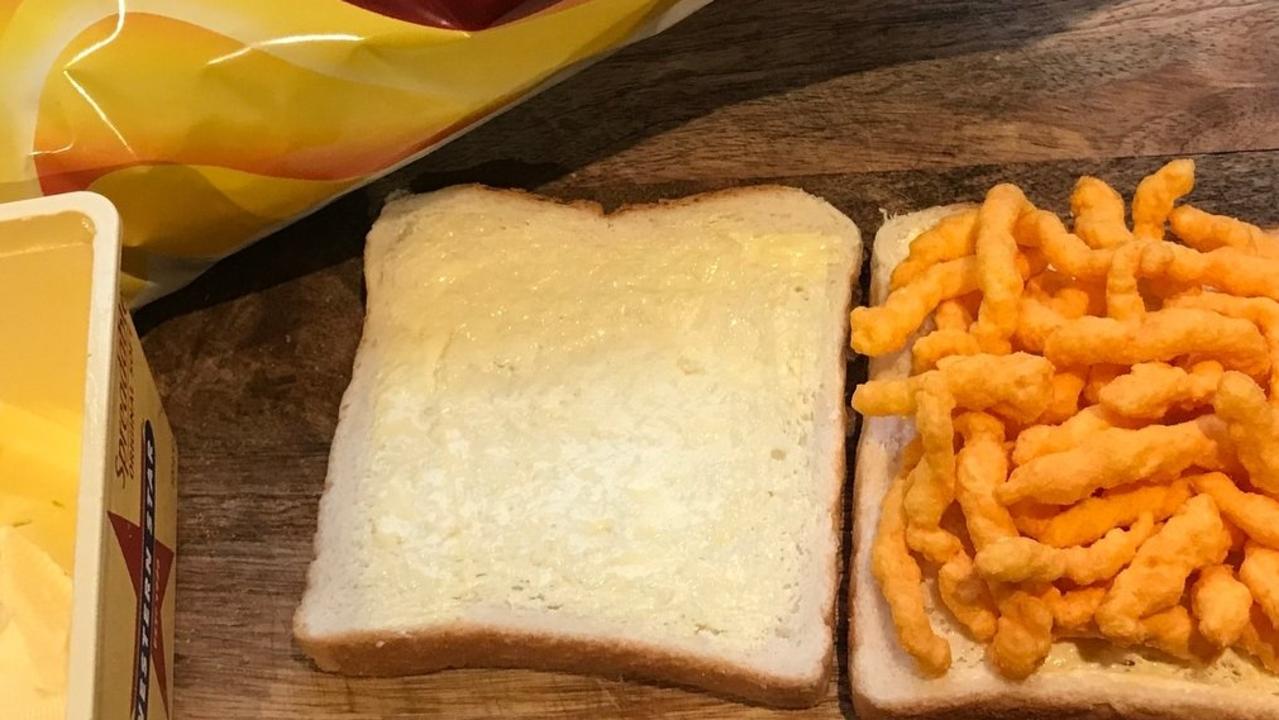
You know how they describe Twisties on Wikipedia? A “cheese curl”. Adorable. Twisties were introduced in Australia in 1950 and are now available through Oceania and Asia. Weirdly, outside of that, the only place they are available is Italy, where they are called ‘Fonzies’.
FANTALES AND MINTIES
Two great Australian lollies that will borderline rip your teeth out every time you eat them. We like our enjoyment to have a sprinkling of risk, it seems.
CASK WINE
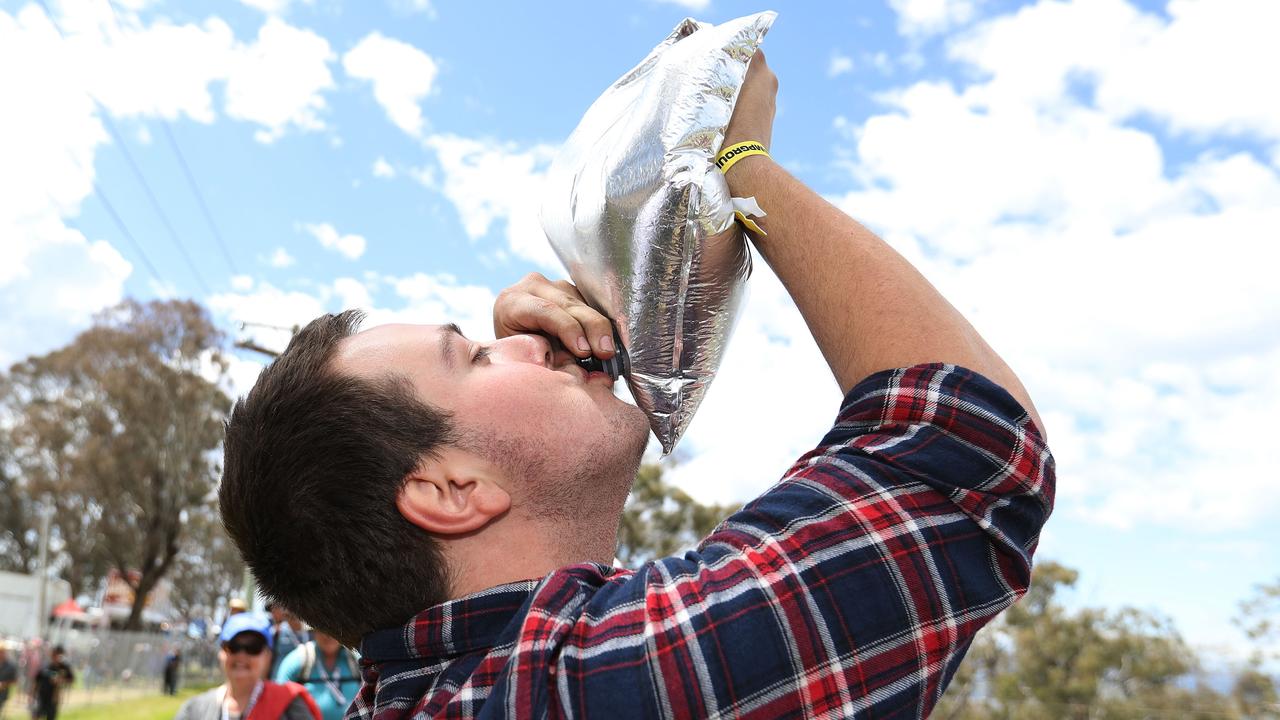
Ah, the beloved Chateau Cardboard. The process for packaging cask wine was invented by Thomas Angove, a winemaker from Renmark, South Australia, and patented by his company in 1965.
His version was a bit dicky though and required you to seal the bag with a peg. In 1967, Australian inventor Charles Malpas and Penfolds Wines patented a plastic, airtight tap welded to a metallised bladder, making storage more convenient. A fine example of great Aussie teamwork.
NEENISH TARTS
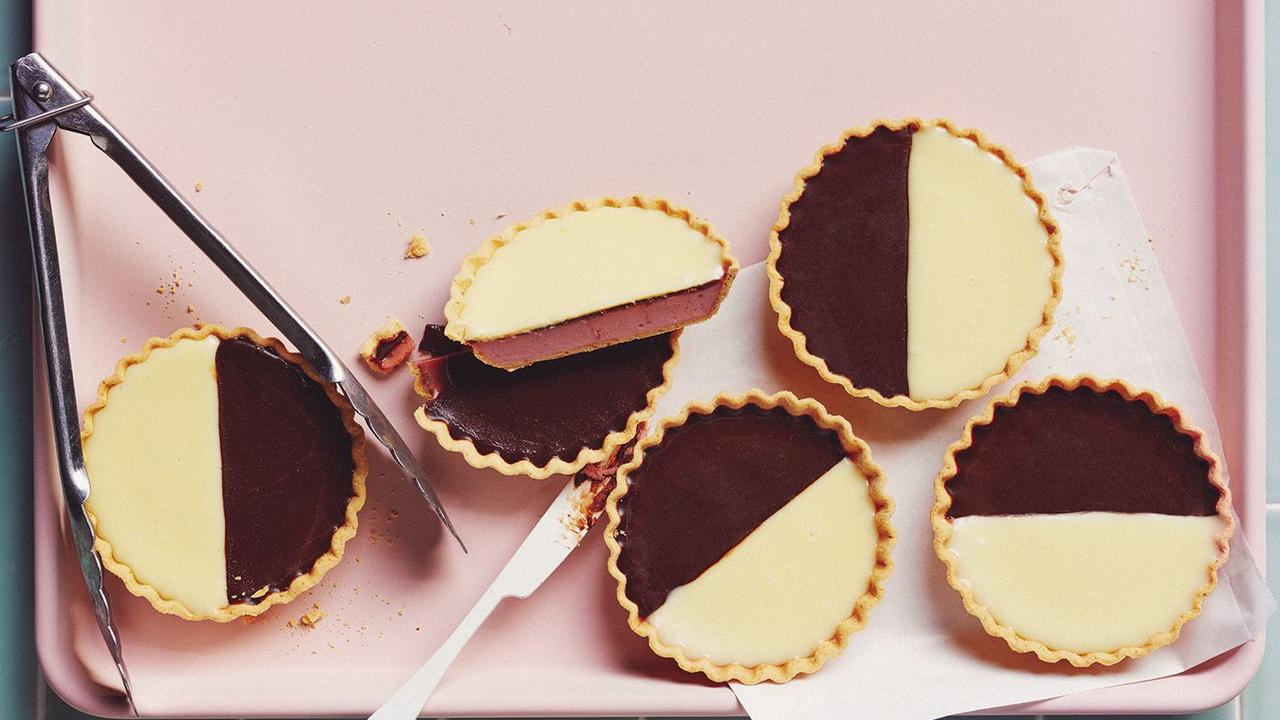
This one is kind of fun. It’s basically an invention thanks to a cock-up.
Apparently a woman named Ruby Neenish from NSW created this sweet treat in her Grong Grong kitchen in 1913.
As the story goes, she messed up the amount of ingredients required and didn’t have any cocoa left for chocolate icing, so she made half of them white. Power move.
MILO

The childhood challenge of making a drink so dense with Milo that you could stand a spoon in it was a right of passage for many Australians. The chocolate and malt powder was developed by Thomas Mayne in Sydney in 1934 in response to the Great Depression.
The challenge was to develop a drink that tasted good enough that children would eat it, while giving them the vitamins and minerals they needed, without costing families too much.
Thomas wanted to create a mix that would dissolve when stirred, not just fall to the bottom of the glass. He couldn’t quite get there.
One day he walked into his kitchen to discover his kids scooping the crunchy bits of Milo off the top of their drinks. It was then he realised that the crunch was not a problem, but a feature – and so Milo as we know it today was born.
LAMINGTONS
Lamingtons were invented by a baker in Toowoomba, and were named for Lord Lamington, who was serving as Governor of Queensland at the time. But it seems that he loathed them, calling them “those bloody poofy woolly biscuits” (according to James Shrimpton in his book, “Australia: The tale of Baron Lamington and an improvised cake”).
The fact that it has become an enduring national icon is the perfect reward for that stunning lack of gratitude.
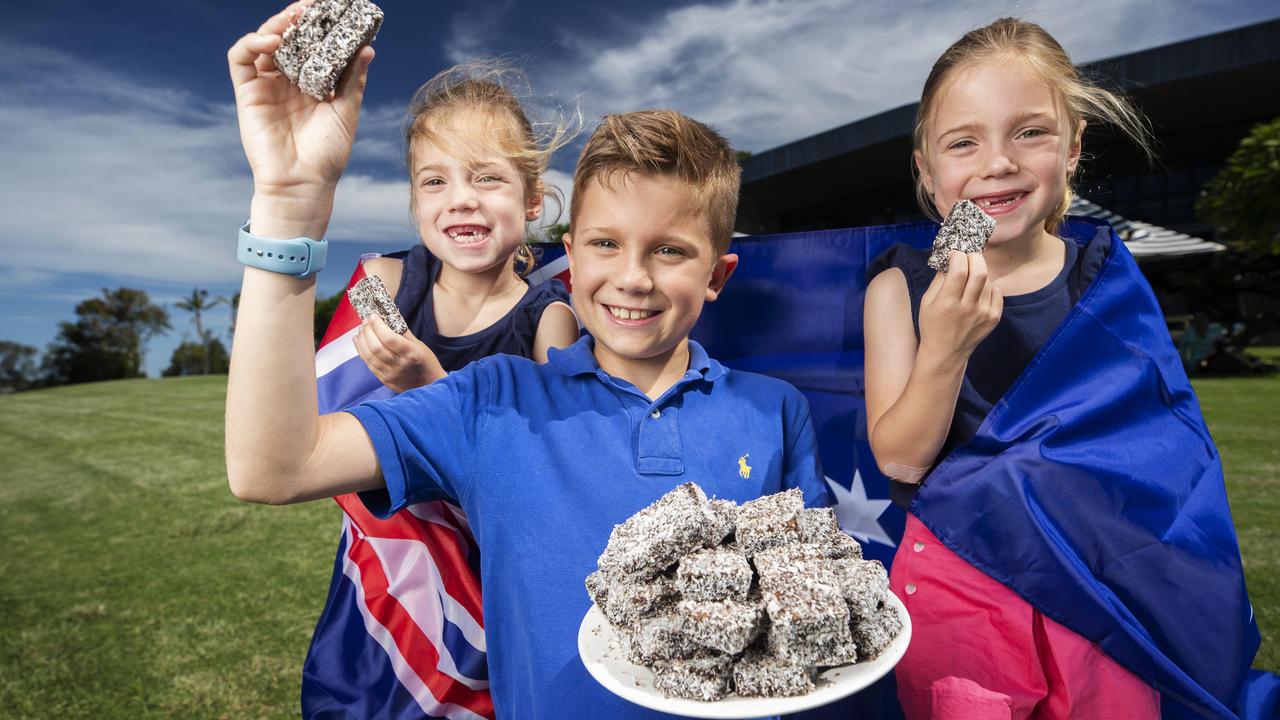
THE PAVLOVA
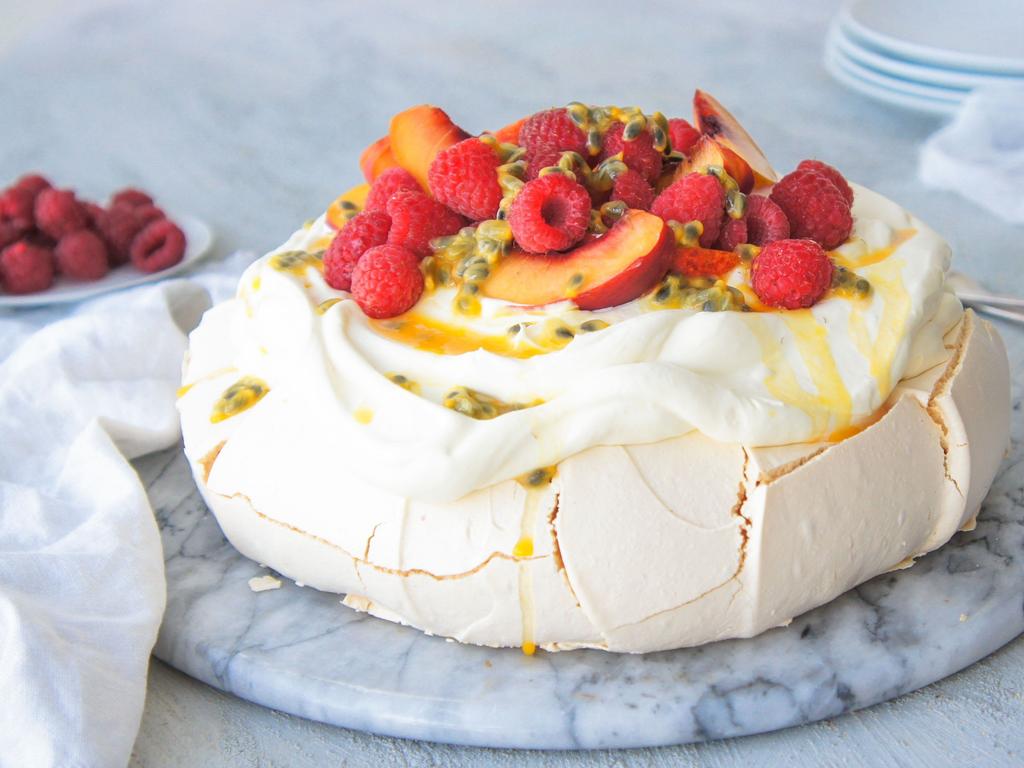
Just adding this here so we get some complaints from New Zealanders claiming that it’s theirs.
BURGER RINGS
A beefy snack-ring may not sound like the most appetising treat, but convenience stores near schools around the country will tell another story. The food that Wikipedia clumsily describes as “a type of onion ring – like, corn-based, burger-flavoured Australian snack” came into being in 1974 and fun fact: they are suitable for vegans.
VEGEMITE
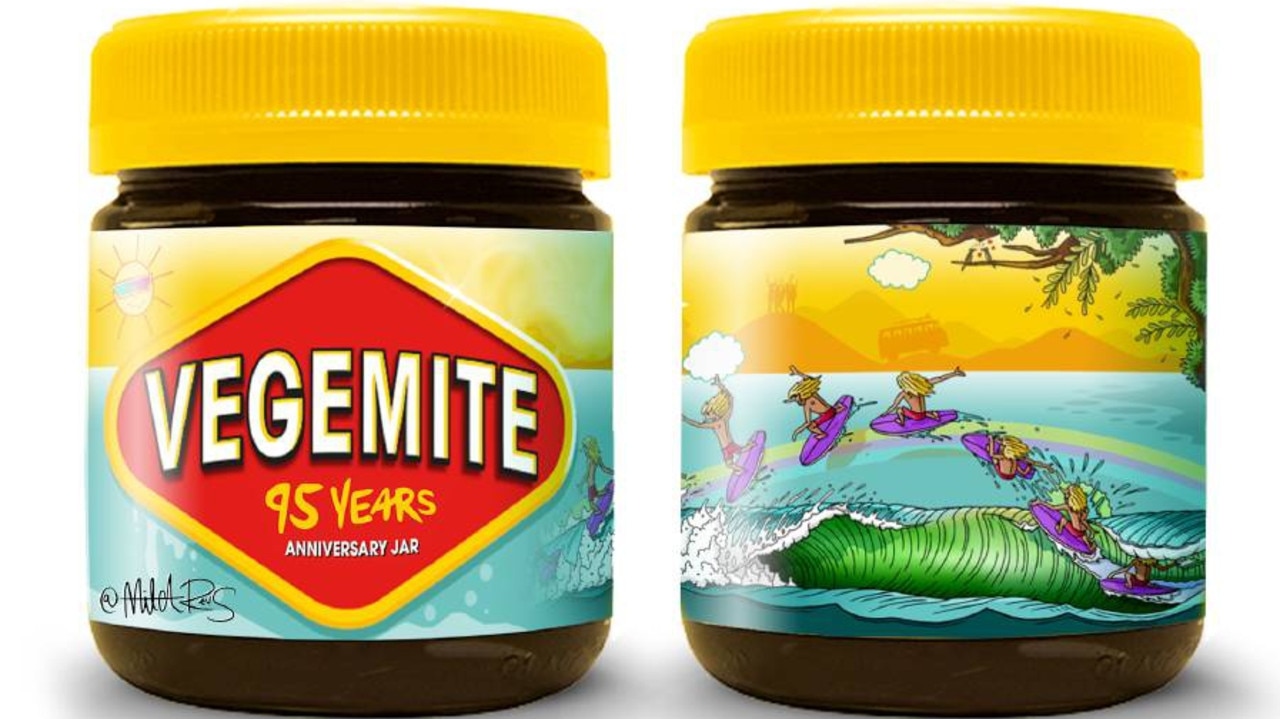
In 1922 businessman Fred Walker commissioned a young chemist to develop a spread from used brewer’s yeast – that would have otherwise been dumped – a naturally high source of vitamin B. The resulting black gunk was named ‘Vegemite’, a name drawn from a hat after being submitted in a national naming competition, and marketed by Walker as “delicious on sandwiches and toast, and improving the flavours of soups, stews and gravies”.
Fun fact: for a space of seven years Vegemite was renamed “Parwill”, during an advertising campaign designed to outsell Marmite. Their slogan was “Ma might, but Parwill”. It flopped spectacularly, and they went back to Vegemite in 1935.
TIM TAM
Invented by Arnott’s Ian Norris and named by Ross Arnott after the horse that won the 1958 Kentucky Derby, Tim Tams first hit our shelves in 1964 and we have been gleefully ramming them down our throats ever since. More than 45 million packets are sold in Australia each year and they have become something of a cult product overseas.
THE DIM SIM

The Dim Sim was developed by chef William Wing Young for his restaurant Wing Lee in Melbourne around 1945. Here is a fun culinary tip – next time you’re invited to a barbecue, take a bag of frozen Dim Sims, cut them in half, barbecue them and hand them around with some soy. They are surprisingly good, and you will win friends.
Simone Mitchell is a freelance writer.




